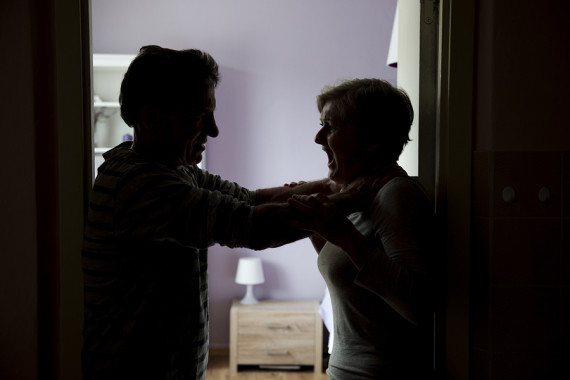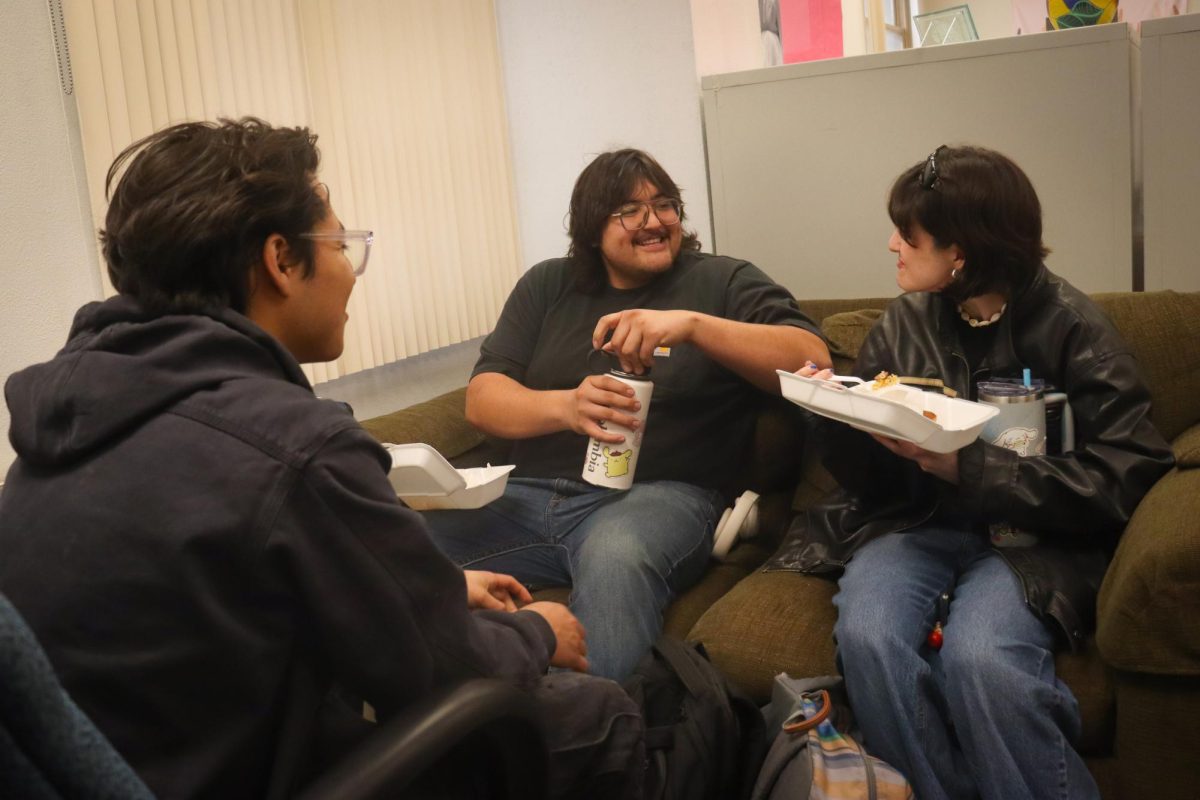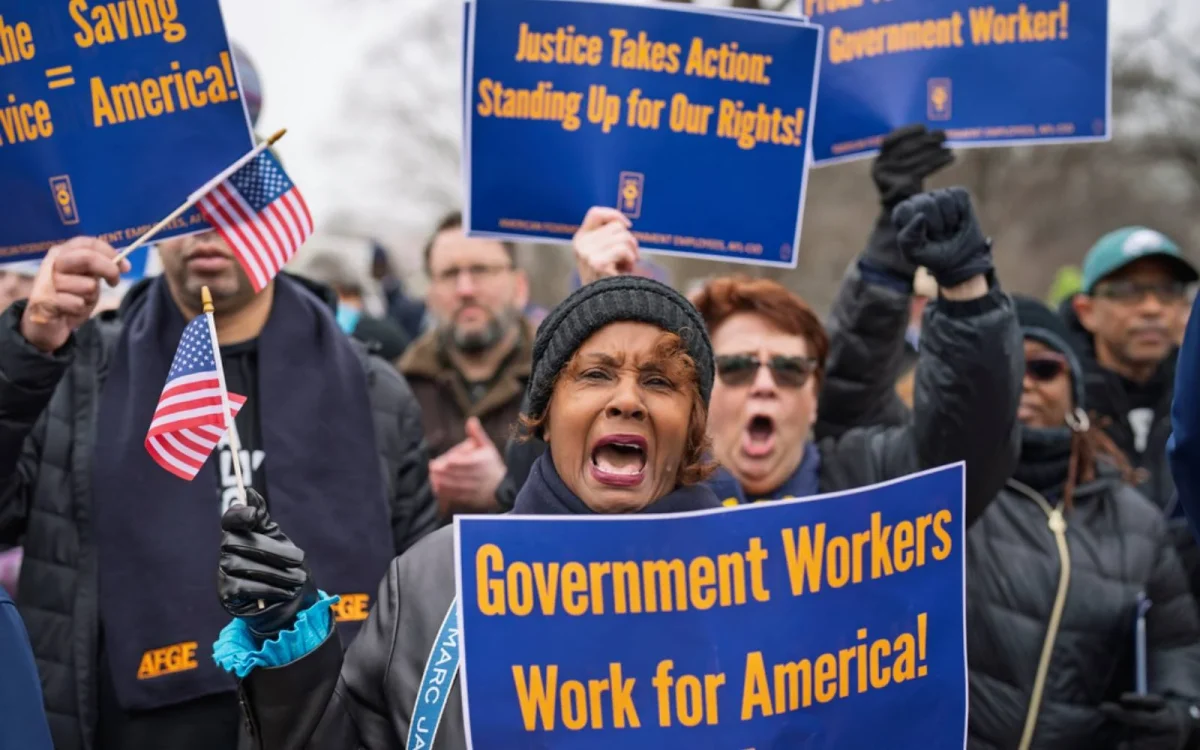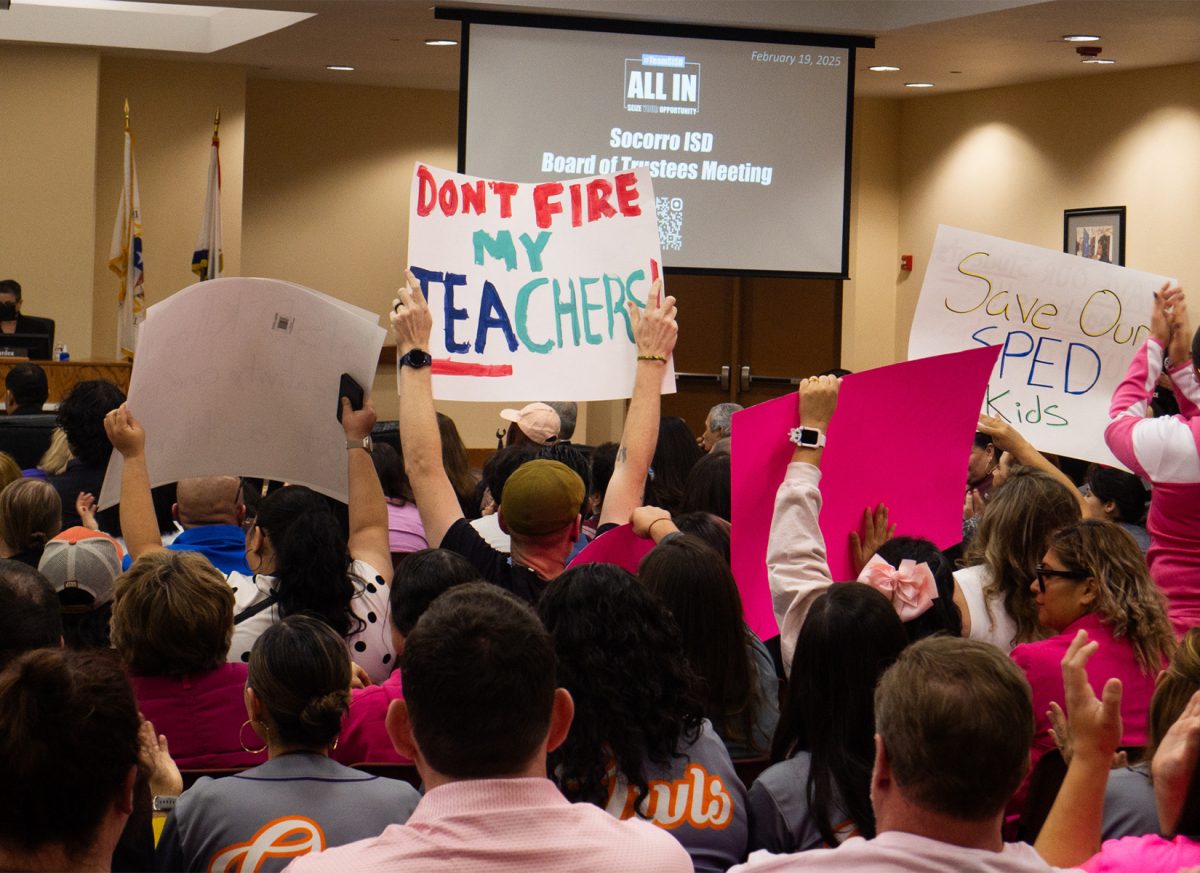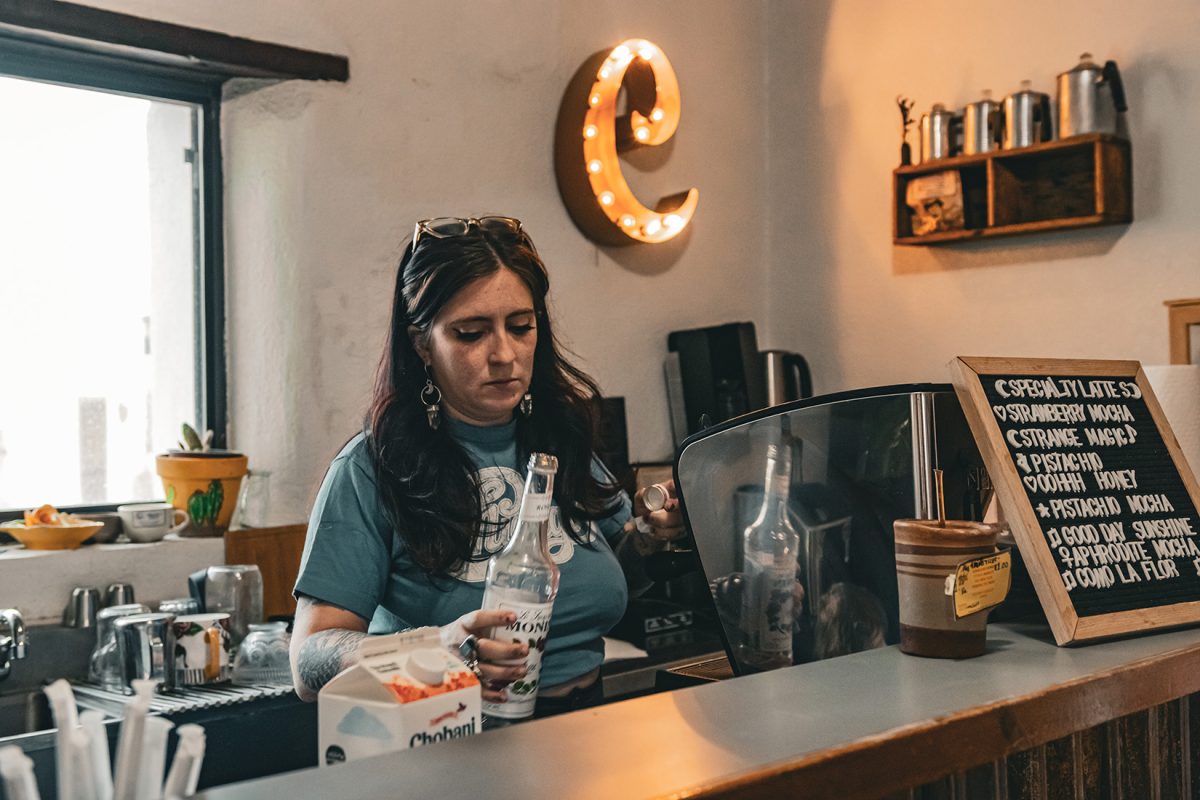This is part one of a three part series examining domestic violence in El Paso and UTEP.
Mug shots of people arrested because of family violence reveal more than faces.
A study by the Texas Council On Family Violence revealed that the number of domestic violence cases that were filed and prosecuted in El Paso County jumped 87 percent to more than 3,000 from 2012 to 2013.
In these 4-inch-by-3-inch photographs, some men and women look straight ahead at the camera, while others avert their eyes to the side.
According to the National Coalition Against Domestic Violence, one in every four women will experience domestic violence in her lifetime and one in 19 men will be physically assaulted by a partner.
Cesar Campa, community relations director at the Center Against Family Violence, an emergency shelter for victims of domestic violence, said El Paso does not experience more domestic violence cases than its other two shelters in Hudspeth and Culberson counties.
On average, the shelter houses 90 to 100 individuals, 500 of them being children and teens. Over 2,000 seek services from the family resource center, which provides counseling, support groups and therapy.
However, Campa said victims of domestic violence in El Paso may face other challenges, such as lack of immigration status.
“Their legal status depends on staying with their abusive partners—if they leave they lose their legal status,” Campa said. “Their barriers are a little bit different than someone that is a U.S. citizen.”
Some shelters in El Paso turn away victims who lack legal status.
Director of the Reynolds Home, Dorothy Truax, a shelter for homeless men and women, said the main reason victims of domestic violence go to the Reynolds Home is because they are not financially stable, something that was also echoed by Campa.
“If they don’t have legal documents and there’s abuse, it’s harder for those families to get back on their feet, it’s harder for those to get income,” Truax said.
Truax added that victims of domestic violence suffer from very low self-esteem, and part of rebuilding their self-esteem is helping them earn their own income.
“Many times they’re financially dependent on that person,” Campa said. “If they are financially dependent on them they will probably never leave.”
Eva Moya, assistant professor of social work, said it’s not uncommon for victims to go back to their abusers.
According to Moya, on average it takes six to eight attempts before a
“This is an addiction, this is a relationship of dysfunction, it’s a relationship in which it is very difficult to actually break away from a situation in which you have learned to be cared and loved and accepted,” Moya said. “You have to learn how to re-live
with yourself.”
Moya initiated a Photovoice research project, in which 22 women and survivors of domestic violence from the El Paso community used pictures to document how the issue impacted their lives.
Through the project, women were able to feel empowered. Moya deemed the project a success because many of the women were able to leave their abusive relationships.
“It was a way for them to express and really use their voice,” Moya said. “You have a wonderful example of how women have chosen to use the power of their story.”
Moya also said that resources are an important part of a victim’s ability to get out of an abusive relationship.
“It’s very difficult. It takes not only courage, it takes incredible support, it takes knowledge and information, but more importantly, it takes access to resources,” Moya said.
Maria Esquinca can be reached at the [email protected].


